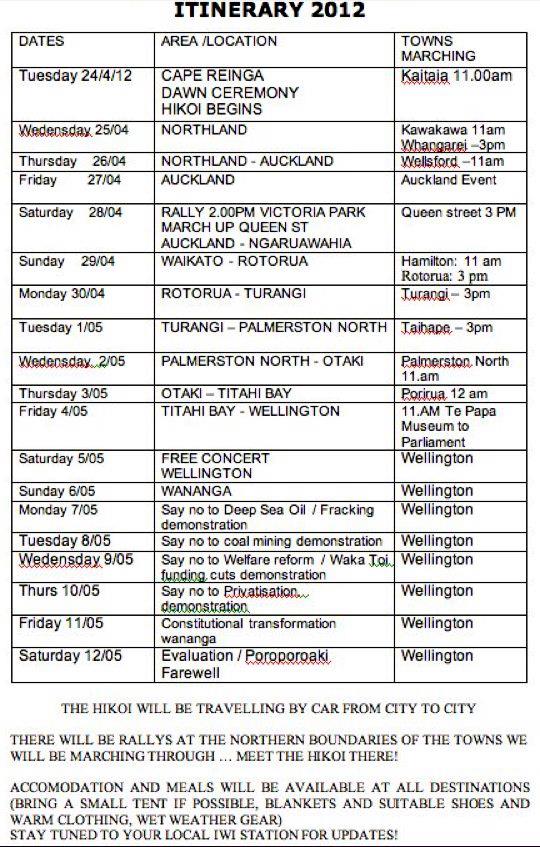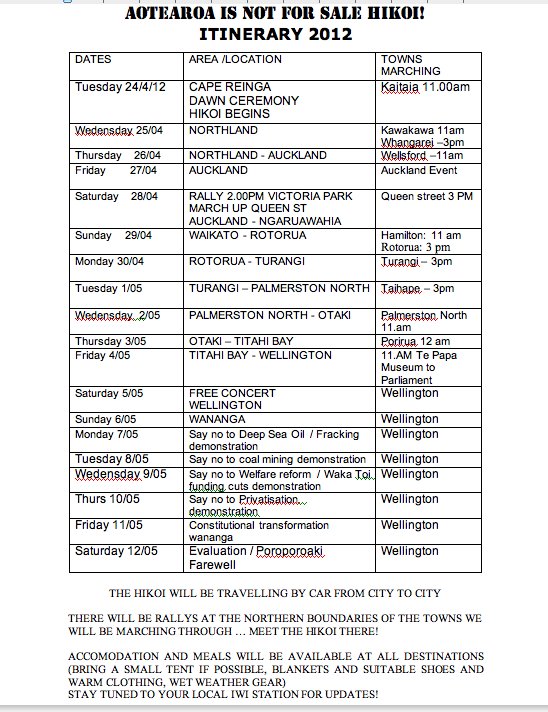Not surprisingly the new study confirmed what most of us already knew. If you build up pressure under the surface of our planet with liquids to distract volume you trigger movements we know as earthquakes. Duh!
The process of hydraulic fracturing is a mining technique which uses injected fluid to propagate fractures in a rock layer to release hydrocarbon deposits that would otherwise be un-commercial. Developed in the U.S. and first used in 1947 for stimulating of oil and natural gas wells, the use of “fracking” soared in the past decade as thousands of wells have been drilled into the Marcellus Formation, also referred to as the Marcellus Shale, a deposit of marine sedimentary rock found in eastern North America.
Read more








You must be logged in to post a comment.